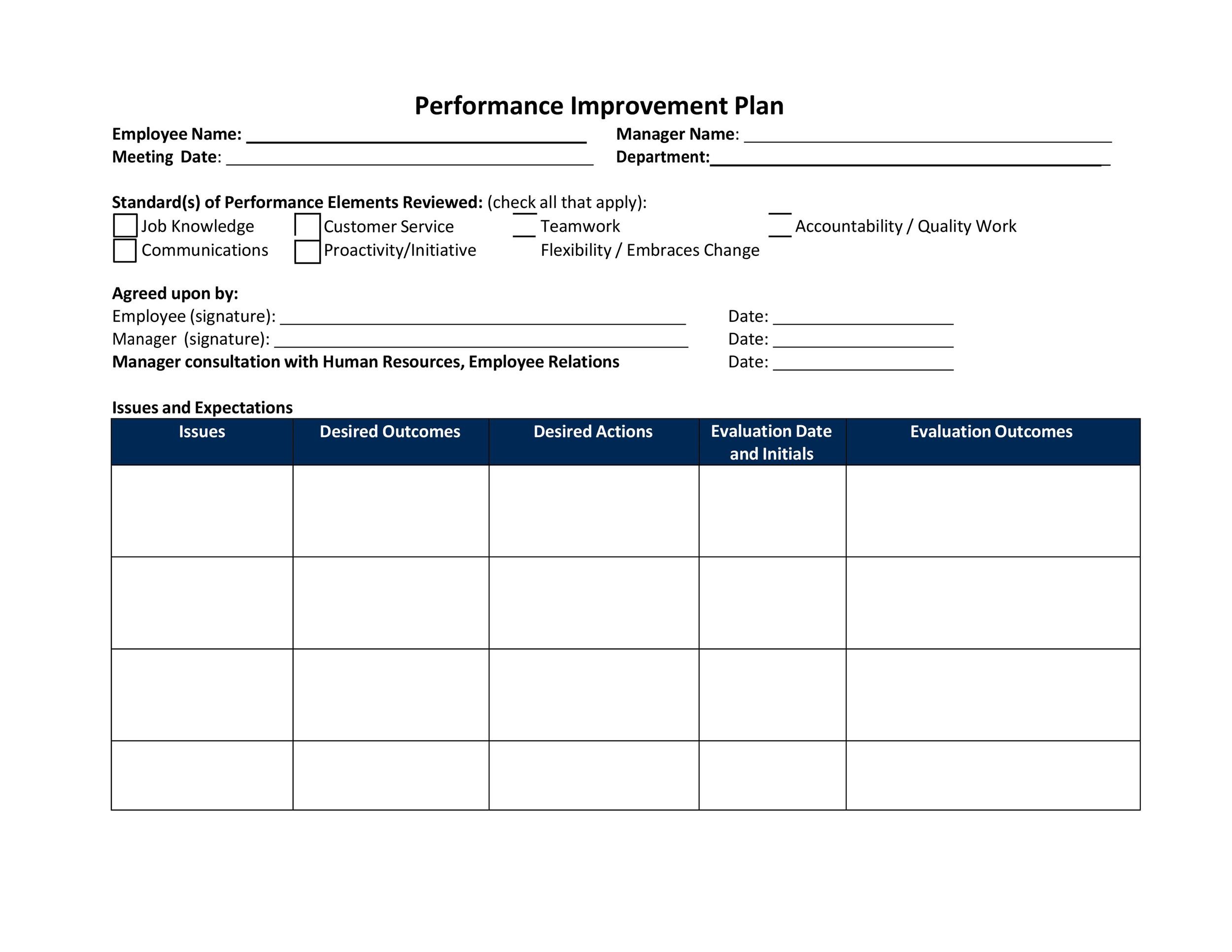

Improving customer satisfaction and reducing churn is a key priority for the company this year.

Relevant - Training is important because it enhances customer satisfaction. Measurable - Improve monthly learner log-ins and course completions by 25%Īchievable - The company achieved a 15% increase in course completions last year by improving its internal employee training, so this goal is realistic Specific - Design and launch an internal learning and development system for your employees. By making objectives measurable, you can communicate what is important to the business and agree on the criteria that contribute to that objective.Įxample of a SMART employee performance goal: Key Results are quantitative expressions of success or progress towards an objective. This is often relatively broad, giving a high-level goal that you wish to achieve. The key to setting a good objective is to clearly state what you hope to achieve so that later, you can see if you have achieved your objective or at least made some progress towards it. They allow managers to assess performance and progress more objectively.Īnything can be an objective. They give employees something tangible to work towards within a shorter time frame than traditional annual goal setting OKRs can be used as a way to track progress and measure performance at the end of a work period (often quarterly or annually.) They provide clarity around progress towards individual and team goals, and the benefits are twofold: Since then, it has become widely adopted as a way to set strategy and goals over a specified amount of time for individuals and teams.

The OKR framework dates back to the 1980s but was popularized as a management tactic by Google in 1999. Recommended read: Employee experience vs employee engagement: Why leaders fail OKR employee performance goal examples There are several models for establishing goals, but two effective frameworks for the workplace are Objectives and Key Results (OKRs) and SMART goals. Totara Perform allows users to create both quantitative and qualitative Company Goals (which represent the aims of the organization as a whole and can be assigned to many users), and Personal Goals (specific goals for individual users to achieve) using hierarchical goal frameworks.ĭetailed and customizable reporting also allows you to have an overview as to where everyone is with their goals and decide whether some users require more targeted training or support. This makes it essential to set different goals for each individual rather than measuring everyone’s performance against a standardized set of goals. A salesperson, however, is likely to be assessed on their sales figures, lead conversions and level of activity. Qualitative employee performance goals, on the other hand, cover aspects of performance that are harder to quantify-like improving communication skills, handling difficult conversations better or changing behaviors.īoth types of goals have value, and some may be better suited to certain roles.įor instance, a receptionist’s performance may not be assessed against any specific metrics, but instead factors like professionalism, visitor feedback and friendliness. Quantitative employee performance goals may be used for things like increasing sales, boosting output or improving Net Promoter Scores (NPS.) Qualitative goals - are based on judgment without any hard data to draw from Quantitative goals - can be tracked using a metric or statistic There are two main types of employee performance goals: Managing employee goals in large organizations.


 0 kommentar(er)
0 kommentar(er)
